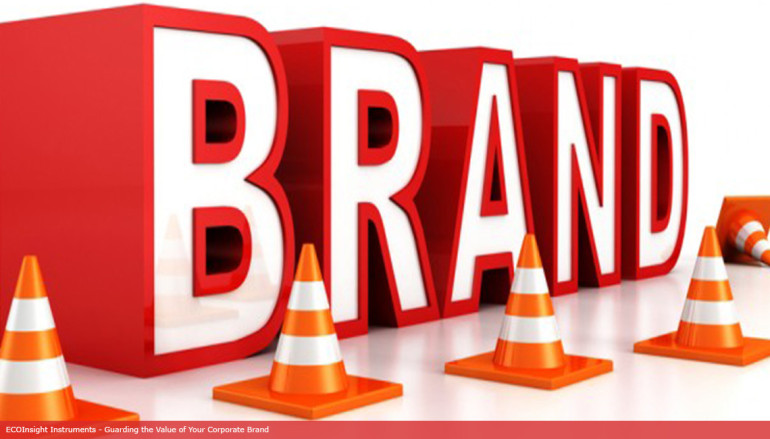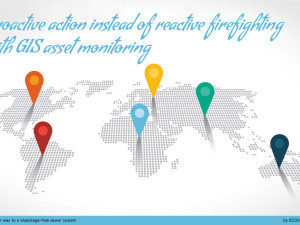
Guarding the Value of Your Corporate Brand
I have a very strange education background. I am an engineer who has been designing, implementing and managing innovative water technologies for over 25 years, AND I have an MBA with a marketing specialty. It’s rare when these two worlds overlap.
Lately, however, I have been thinking about brands, and how the value of a brand can be impacted by a corporation’s environmental practices. As an engineer, I have always been able to justify technology decisions based on hard numbers – the kind of decisions engineers are very good at: shorter payback periods, longer life cycles, ability to hit compliance targets. But how does one factor brand value into the decision equation.
I recently attended a workshop on Brand Strategy given by Professor Niraj Dawar of Western University’s Ivey Business School. He defined a corporate brand as the promise the corporation makes to it’s customers, the all-encompassing DNA for the company that forms the basis of all activities. The Brand clearly has a value – just ask Coca-Cola or McDonalds. It’s just hard to monetize, which makes it hard for engineers like me to make a technology decision where I need to mix hard numbers and “soft” brand value.
GOTCHA!
In some cases, brand value can be measured by the impact of brand damage on market capitalization. Recently, spectacular brand damage cases such as the Volkswagen emissions scandal, or the BP Deepwater Horizon disaster had dramatic impacts on company market capitalization. Volkswagen’s market capitalization is currently down around 40% representing a loss of some €33B. In the months immediately following the spill, BP’s stock value dropped more than 50% representing over $105B in market value loss. These are the most spectacular cases of brand damage in recent years, but almost every day a new brand damaging scandal comes to light via social media or traditional “gotcha” media.
One of the metrics that I look at daily in my role as Managing Director at ECOInsight Instruments is the amount of damage being caused worldwide by sewer overflows due to grease blockages. I have google alerts set up for several keywords and every day I get reports and news articles from around the world on overflows and the damage they cause. In about 50% of these reports, the brand name of the offending food service establishment is mercifully excluded from the news article. But in many cases, the brand name is front and center, complete with pictures of the company logo or iconic storefront. And in the worst of cases, the articles describe how raw sewage backed up into the facility’s kitchen and food preparation area, and that the restaurant had to close (hopefully for their sake), and will not be opened until the health department has cleared them.
None of this is good for the corporate brand. But I have the same old problem of how to put a value on the brand damage caused by this publicity. When ECOInsight Instruments promotes our FOGWISE smart meter that would virtually eliminate the potential for blockages and back-ups, the value proposition usually goes back to payback periods and return on investment using the hard numbers that engineers and facility managers understand and are comfortable with. My problem is getting brand value into the equation, or at least into the conversation.

